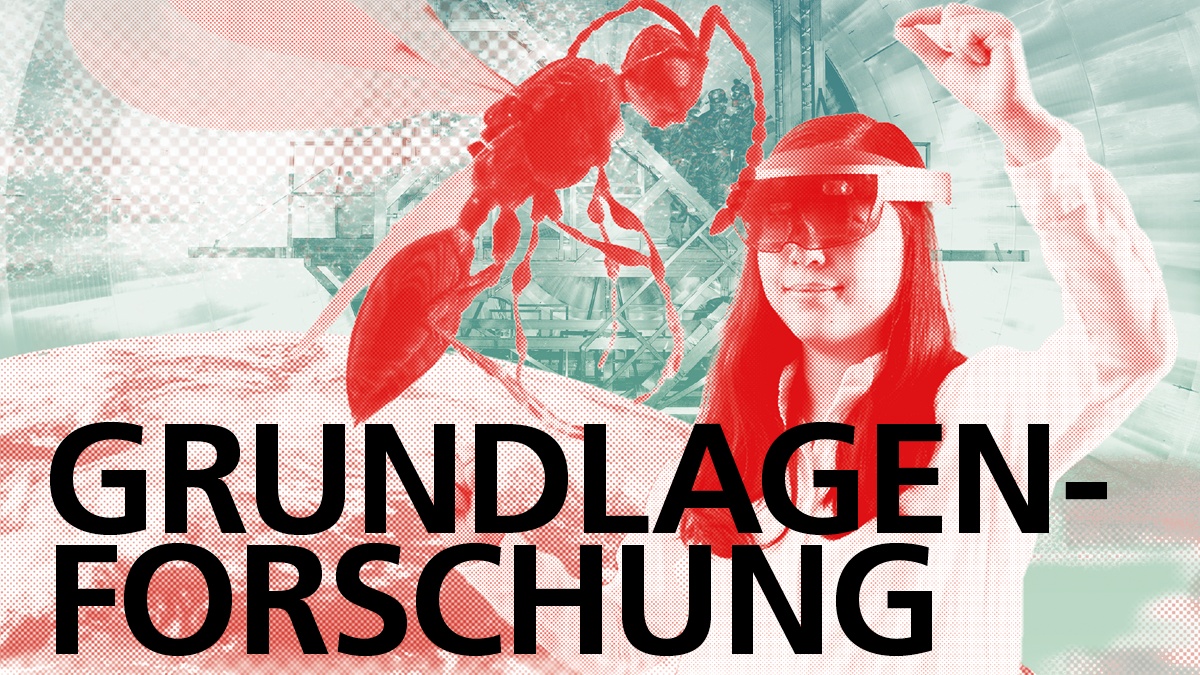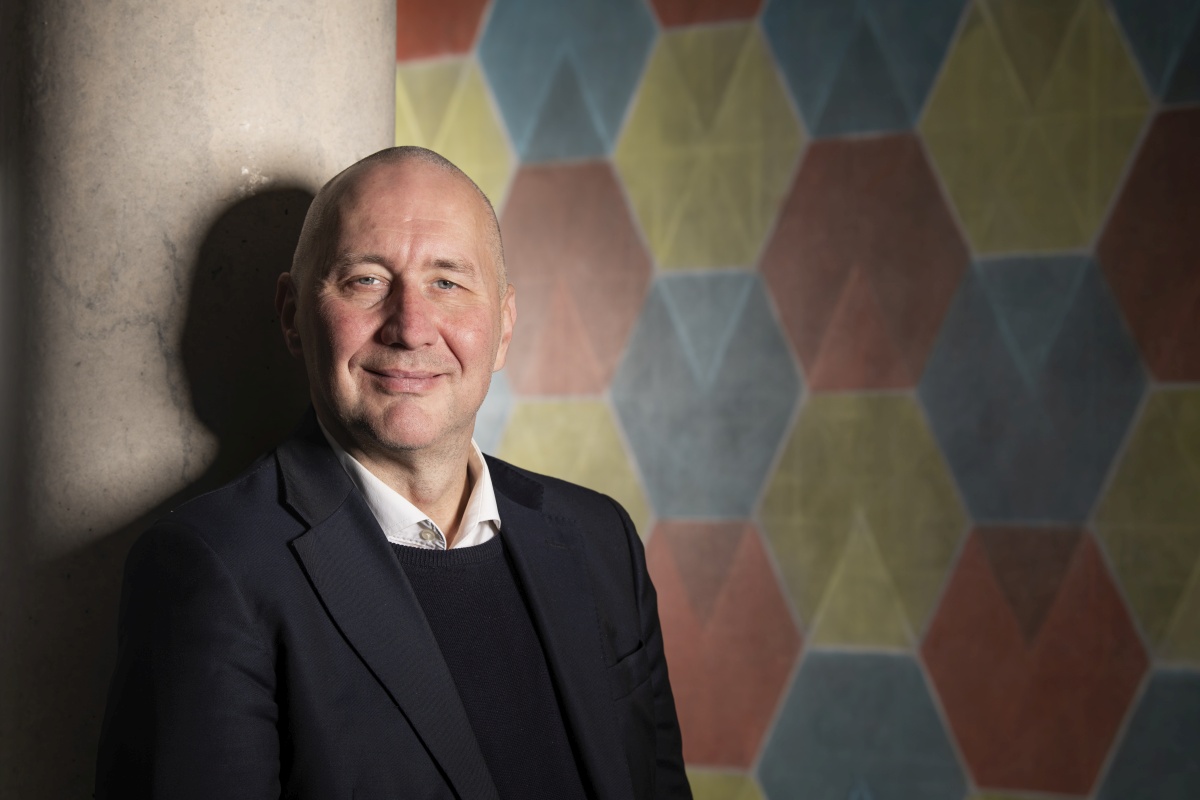“This Will Change Our Lives”
Computers with massive computing power, sensors of the highest sensitivity, communication in accordance with the strictest security standards, simulations of unprecedented complexity and accuracy: Quantum phenomena hold the promise of a whole new generation of technologies. KIT's spokesperson for the Chem4Quant initiative, Professor Mario Ruben, explains how a team of researchers from KIT, Ulm University, and the University of Stuttgart intend to develop high-precision material structures for future quantum technologies.
lookKIT: With the Chem4Quant initiative, KIT and its partners have reached the final of the Clusters of Excellence funding line in the Excellence Strategy of the German federal and state governments. Which approach are you pursuing?
Professor Mario Ruben: We go from small to large - from atoms to molecules to materials. This bottom-up approach originates from chemistry and differs fundamentally from the top-down approaches previously pursued in quantum technology. It enables us to produce atomically precise material structures, to accurately plan their quantum properties, and to position quantum bits in electrical or photonic components exactly where we want them - and to do so with a precision below the nanometer level. This high level of control is crucial to ultimately harnessing quantum technologies. In short, Chem4Quant combines synthetic chemistry with quantum physics.

Issue 2024/4 of the lookKIT research magazine deals with the search for new findings.
To the magazineWhat would you expect from funding of the Cluster of Excellence?
The Cluster of Excellence would be funded with large sums of money for seven years starting in January 2026. With Ulm University and the University of Stuttgart, we have experienced partners who have already successfully developed quantum sensors. Harnessing quantum phenomena with the help of quantum technologies opens up unique opportunities in many promising areas such as high-performance computing, measurement technology, imaging, communication, as well as medical and environmental technology. Now is the right time to exploit these opportunities for research and industry in Germany and especially in Baden-Württemberg. KIT is one of the few research institutions worldwide to pursue a bottom-up approach in quantum science - something we have been doing for about 15 years.
Could you please explain what is meant by quantum phenomena?
This term refers to phenomena that cannot be explained by the theories of classical physics. This includes, for example, wave-particle duality: Objects of quantum physics exhibit properties of classical waves and at the same time properties of classical particles. Another example: Quantum particles appear to be in several places at the same time due to their wave character. If quantum particles are entangled with each other, the entanglement remains even if they are spatially separated.
These quantum phenomena are highly sensitive and disintegrate easily due to interaction with the environment. In order to harness the quantum properties, we need to protect their coherent states from environment influences. My research group at the Institute for Quantum Materials and Technologies at KIT is developing atomically precise material structures with precisely adjustable quantum properties on the basis of europium, which belongs to the lanthanides. Since europium can be controlled with light, we can implement optically addressable qubits.
And what exactly is a qubit?
Qubit is short for quantum bit, the smallest computing unit of a quantum computer. Thanks to a special quantum property called the quantum superposition, it can be in many different states between 0 and 1 at the same time. We speak of superposition states. This means that quantum computers can process massive amounts of data simultaneously and their computing power increases exponentially compared to digital computers, which only calculate with 0 and 1.
Besides quantum computing, what other applications can be implemented with the help of quantum phenomena?
Quantum sensors with dimensions in the nanometer range promise progress in environmental and materials technology. They work according to a simple principle: If the sensitive coherent state disintegrates due to an interaction with the environment, the sensor has detected something. Another application is quantum communication: It uses quantum properties, or more precisely entangled photons, for cryptography. As soon as someone tries to decrypt the information, the entanglement disintegrates and communication breaks down. We will be testing this form of communication at KIT with a fiber optic cable between Campus North and Campus South, which will be laid this year. Finally, there is a fourth application: Quantum simulation. It uses quantum systems to explore the properties of real material systems. Of course, it is impossible to predict exactly when all of these applications will be developed to market maturity.
Let me conclude with a personal question: What motivates you to conduct research in such a challenging field?
My innate curiosity. I am a chemist by training, but I find it extremely fascinating to work at the interface between chemistry and physics. The first quantum effects were discovered more than 100 years ago. That was the first quantum revolution. The second quantum revolution started around 20 years ago: We are now trying to actively harness quantum phenomena by isolating and controlling them and transferring the information processed in the quantum system to the macroscopic world. This will change our lives. Being part of this inspires me and continues to drive me forward.
Dr. Sibylle Orgeldinger, February 19, 2025
Translation: Dipl.-Übers. univ. Veronika Zsófia Lázár

